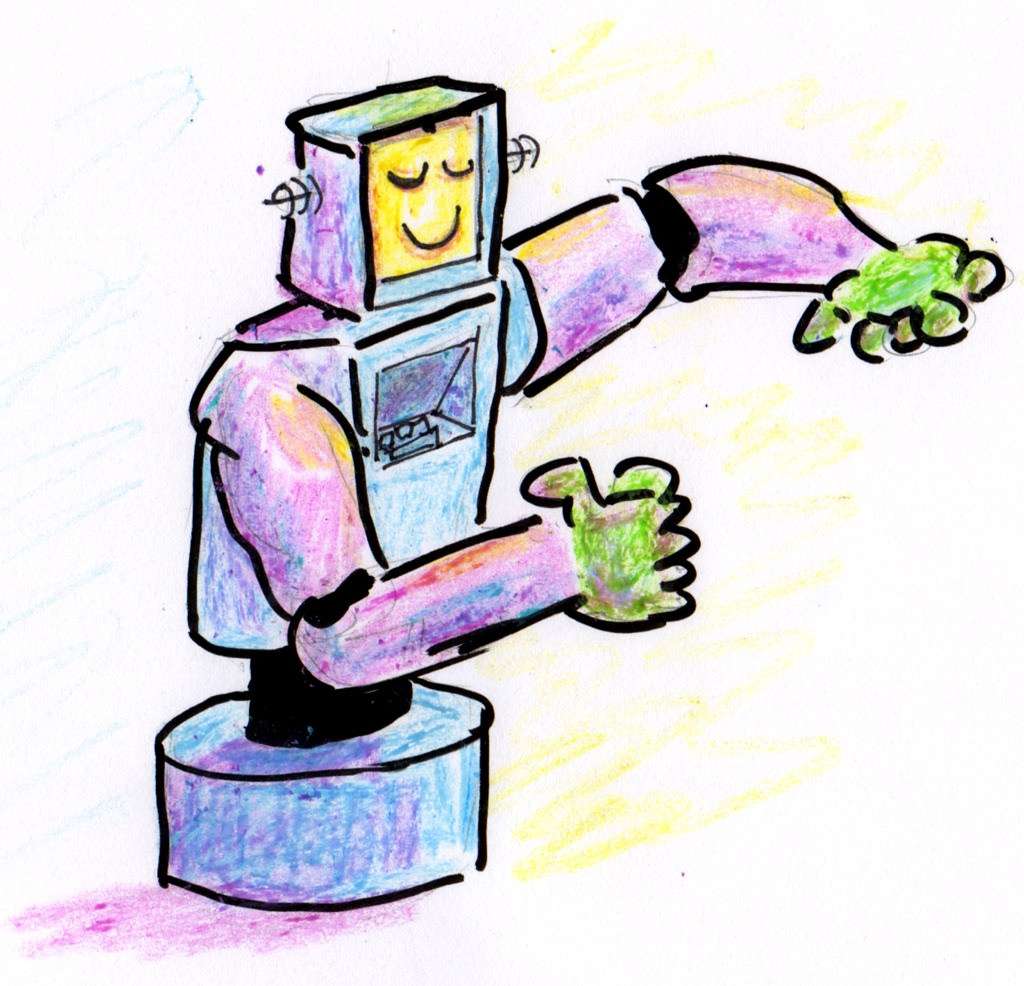Peter Suderman on Robots, Immigration, and Japan's Elder Care Conundrum
Robots may make it easier for Japan to grow old but, unlike immigrants, they won't make the country young again.


For Japan, what sounds like a blessing is in fact a dire national problem: Its people live a very, very long time. With an average life expectancy of 85 for men and 87 for women, Japanese people are the longest lived in the world. Combine that with a low birth rate—just 1.41 children per woman—and you get a top-heavy country, with 22 percent of the population aged 65 or older. Japan spends almost 30 percent of its annual budget on its social security program, the vast majority of which goes to medical care and pensions. In 2010 the country had just 1.3 million nursing care workers, a far cry from the 2 million the Health Ministry estimated were necessary and woefully short of the 4 million the ministry expects will be needed in 2025.
So who's going to take care of all those ojiisans and obassans? Robots to the rescue! In 2013, the government announced that it would spend more than $20 million a year subsidizing research into affordable robotics for use in nursing homes.
But there are tradeoffs, cautions Peter Suderman. Japan's subsidized robots are intended to make up for national shortages in human health workers—and a long history of restrictionist immigration policies. Japanese citizens are legally prohibited from hiring foreign workers to help with senior or child care. Robot workers might provide some assistance for the country's aging population, but—unliked immigrants—they don't pay taxes, start businesses, or contribute directly to a growing economy, writes Suderman. They may make it easier for Japan to grow old but, unlike immigrants, they won't make the country young again.


Show Comments (0)